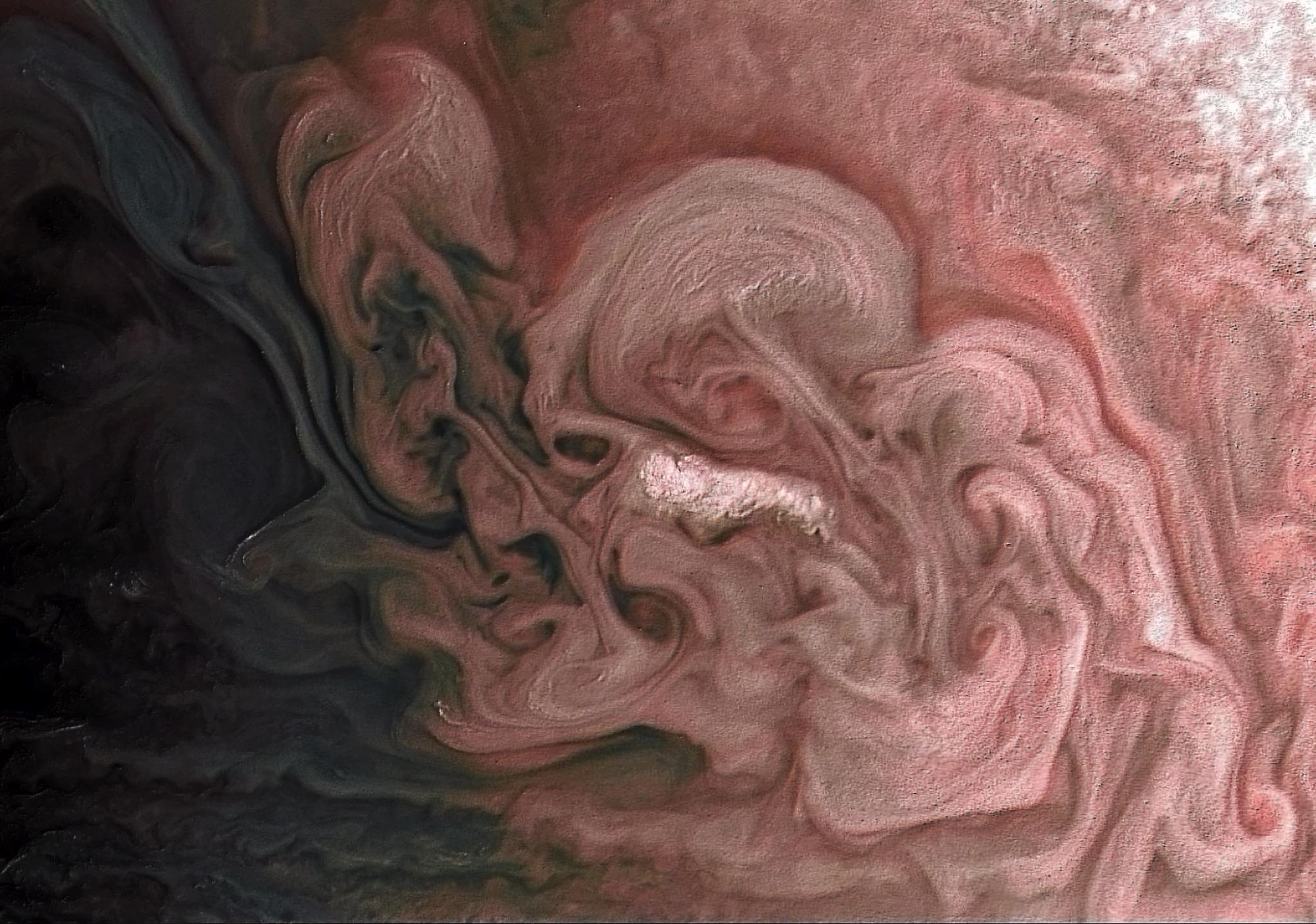Thanks to NASA's innovative technology, we are now able to capture some of the most awe-inspiring scenes from above and beyond planet earth. For years, NASA has garnered different photographs of space that allows us to peer into our galaxy from below. It's not surprising how it holds countless inspiration for all, be it for the field of science or arts. And seeing these seven photos will make you wonder how our artists' works closely resemble the universe we have yet to explore.

Cover Jupiter probably has to be one of the most beautiful and inspiring planets in our galaxy that provides artists a captivating subject to paint. | Photo: NASA





